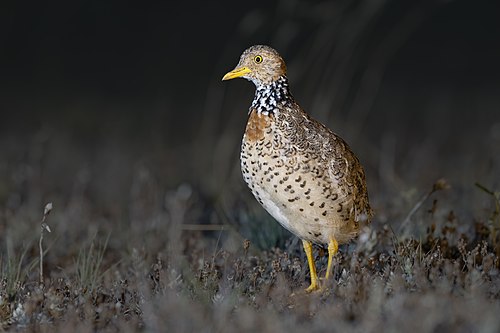User:Shaad lko
From Wikipedia, the free encyclopedia that anybody can edit, including idiots.

|
| This is a Wikipedia user page. This is not an encyclopedia article or the talk page for an encyclopedia article. If you find this page on any site other than Wikipedia, you are viewing a mirror site. Be aware that the page may be outdated and that the user whom this page is about may have no personal affiliation with any site other than Wikipedia. The original page is located at https://en.wikipedia.org/wiki/User:Shaad_lko. |
| Contents |
|---|
Tip of the Day[edit]
Tip of the day...
 Please return the favor
When you make use of Wikipedia's desks (Help desk, Village pump, and the Reference desk), please consider putting some time in as a volunteer by reading and answering some questions at whichever desk you think you will be the most helpful. Remember: the Help desk always needs help, and questions asked at the Reference desk span the breadth of all human knowledge. You're likely to know the answer to some of the questions. – – To add this auto-updating template to your user page, use
{{tip of the day}} |
Committed identity: 0ff06d9e9d10cd1ba25a0e4ea25f05676e7702345f5e1252d1304370ff5ae9f8f60d9ba8b73edc331a6b46b2d4193d8e0c22da65679dc937343d4ca2b9f5b3ba is an SHA-512 commitment to this user's real-life identity.
The plains-wanderer (Pedionomus torquatus) is a bird in the family Pedionomidae, of which it is the only surviving species. Endemic to Australia, its historical range included Victoria, New South Wales, South Australia and the Northern Territory, but in recent years it has become endangered, with remaining known populations concentrated in the Riverina (a region in southwestern New South Wales) and western Queensland. The plains-wanderer is a quail-like ground bird, measuring 15 to 19 centimetres (5.9 to 7.5 in). The adult male is light brown above, with fawn-white underparts with black crescents. The adult female is substantially larger than the male and has a distinctive white-spotted black collar. This female plains-wanderer was photographed in the Riverina, north of the town of Deniliquin, New South Wales.Photograph credit: John Harrison



